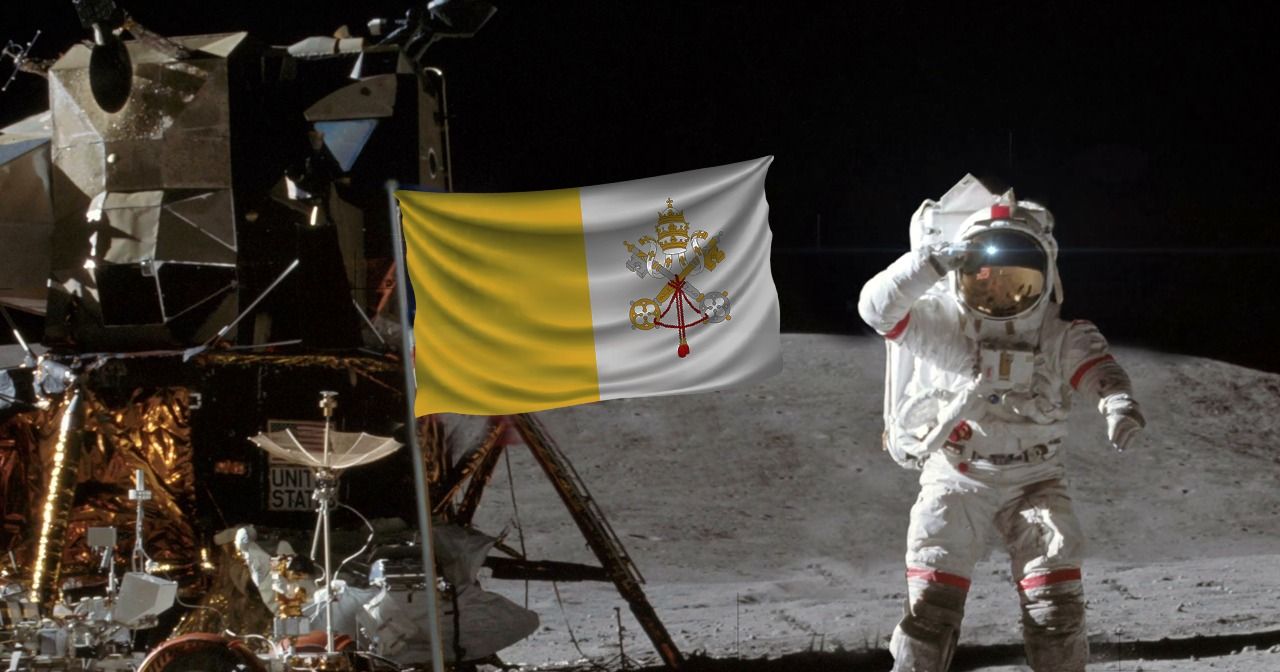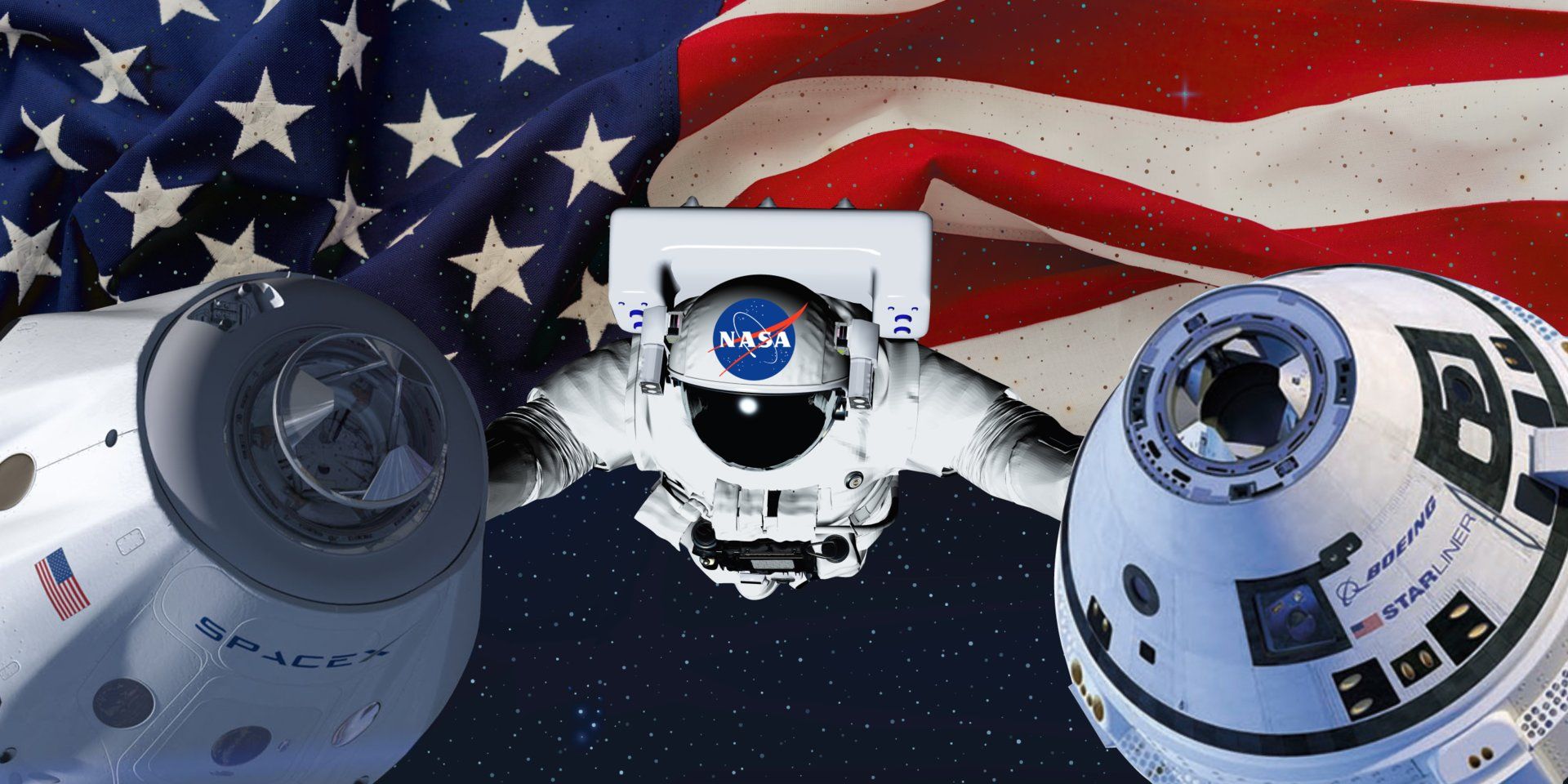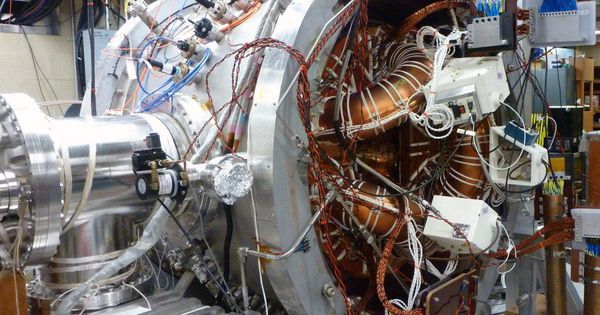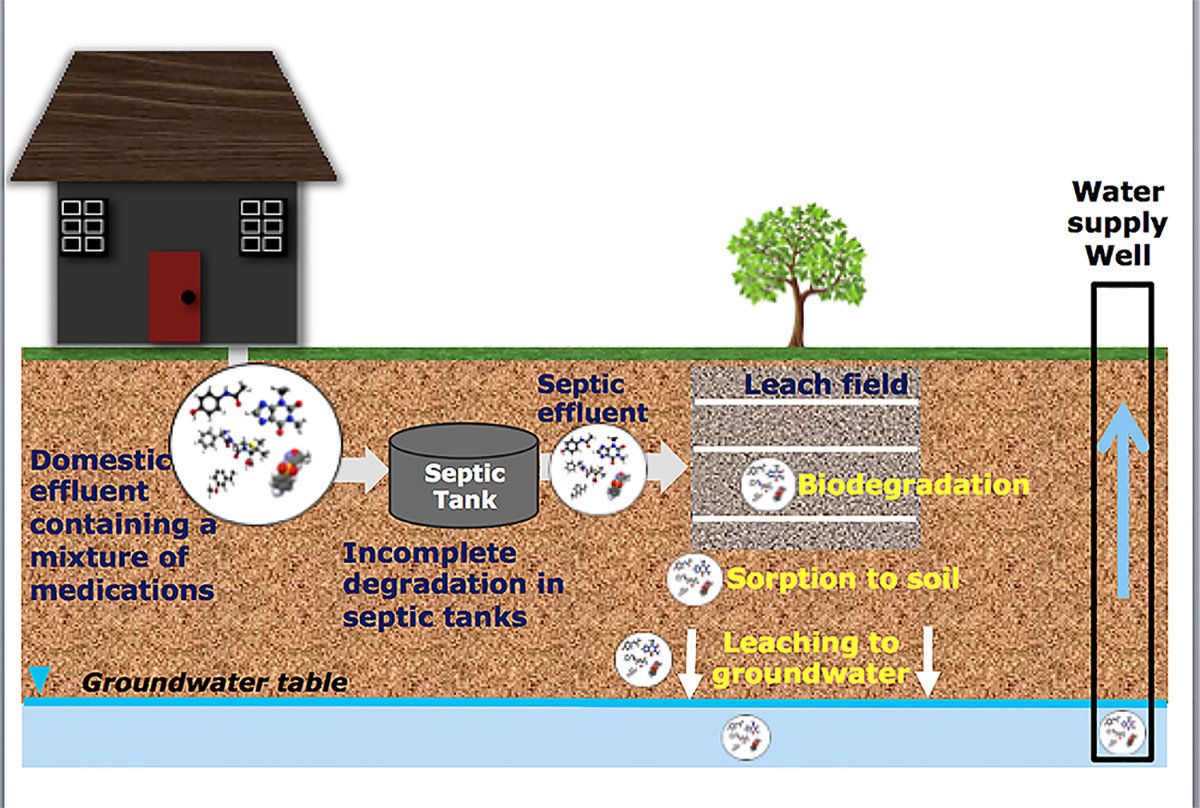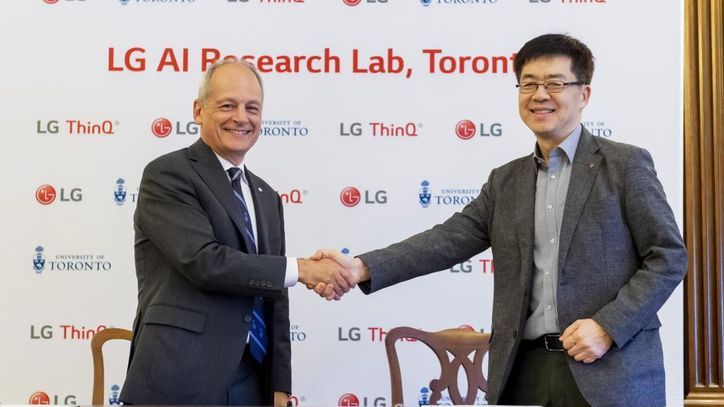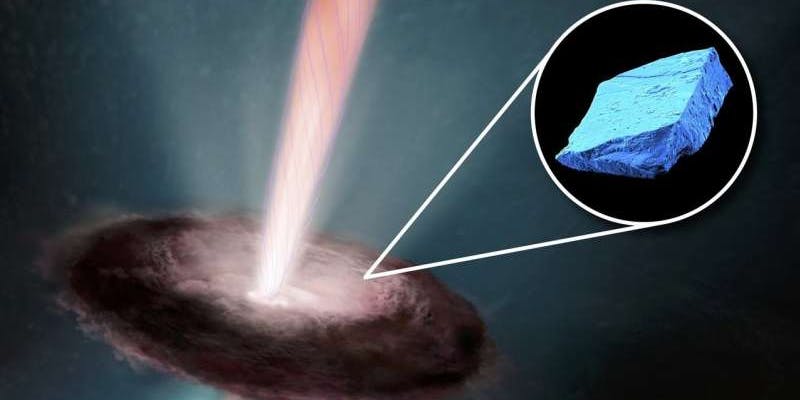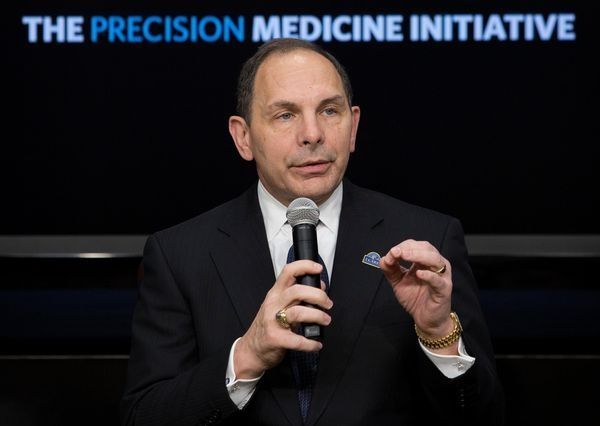Bishop on the Moon?
It might sound strange, but in addition to encompassing nine counties and hundreds of cities, the Diocese of Orlando, Florida also has jurisdiction over an otherworldly object: the Moon. Why might you ask? The answer involves an obscure rule from 1917 and the Apollo 11 space mission.
On June 18th, 1968 the Roman Catholic Diocese of Orlando, Florida was established. It would encompass much of the greater central Florida area, along with Cape Canaveral (We’ll get back to that later). William Donald Borders was ordained the first Bishop of Orlando. One year later, Bishop Borders would also become the first Bishop of the Moon.
The Apollo 11 space mission began with the launch from Cape Canaveral on July 16, 1969. The mission fulfilled the national goal proposed by President John F. Kennedy in 1961 of “landing a man on the Moon and returning him safely to the Earth, before this decade is out.” However, when Apollo 11 made its famous flight from Cape Canaveral to ultimately fulfill that goal, they inadvertently made Bishop Borders the first Bishop of the Moon thanks to an obscure rule from the 1917 Code of Canon Law in effect at the time.
